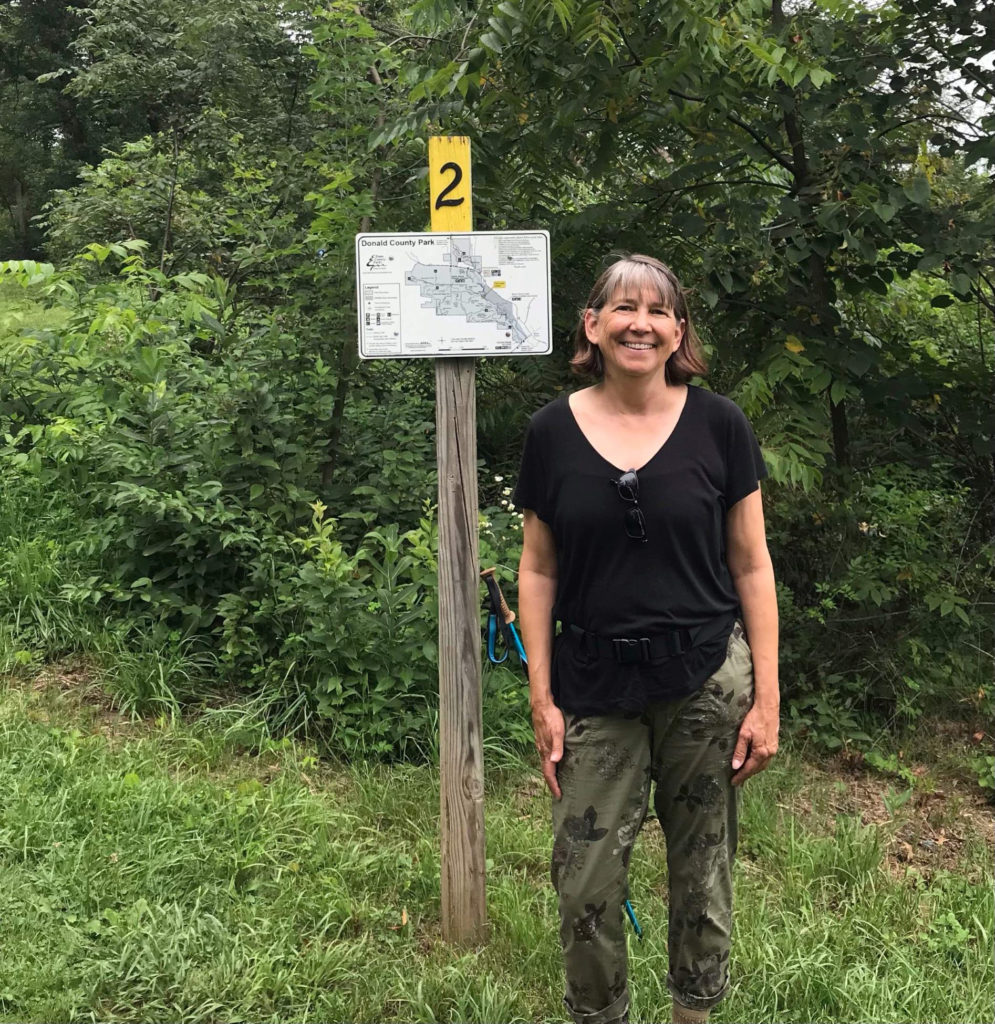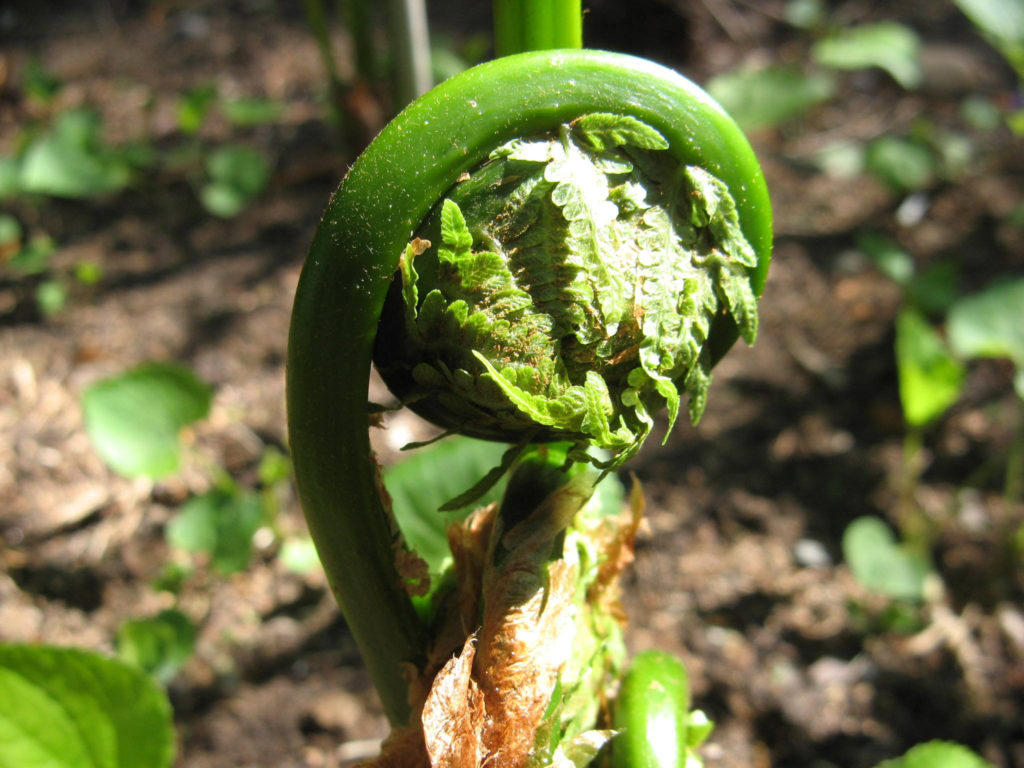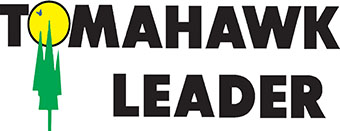By Mary Swanson
Guest Writer
Mary Swanson participated in both the 2021 and 2022 Natural Connections Writing Workshops. Mary has graciously fine-tuned an essay that she drafted during the most recent class. Warning: this essay might make you hungry! –Emily Stone
I enjoyed making weed soup as a child. Here’s the recipe: fill a plastic pail with water, add cut grass, dandelion leaves, a generous handful of weed seeds, mix well, and show Mom. Since then, I’ve taken classes, accumulated books, and joined walks with experts on edible wild plants. I’ve progressed to wild plum and apple chutney, capered milkweed buds, and maple-glazed black walnuts.
Throughout my life I’ve dreamed about a more natural lifestyle, growing and gathering my food. Can foraging really contribute to my food self-sufficiency? I don’t think so. The types of food I gather don’t have enough calories—I still need potatoes, bread, and pasta. For me, foraged food is more the topping than the ice cream, the sprinkles rather than the donut. Instead of the main course, foraged edibles provide special ingredients, side dishes, and wild-crafted seasonings.

In our consumer culture, there is something really compelling about things that are free for the gathering. But foraged food is not really free; you pay with your time and effort much more so than grocery store food. There is time spent learning, scouting, collecting, and processing. Especially processing, which makes so much tasty wild food too time-consuming to be practical.
I’ve spent hours at a time picking tiny elderberries off their clusters, slicing wild plums in half to extract the pits with my thumbnail, and whacking black walnut shells with a hammer to prize out the nuts. The result is a small amount of precious flavor along with the feeling of accomplishment and time spent in harmony with deep instincts. But I also feel a little odd, perhaps a bit eccentric about my extremely inefficient food projects. And at the end of the day, I’ll probably throw a frozen pizza in the oven for dinner.
(But you must try my black walnut pesto: combine ¼ cup black walnut pieces with a large handful of basil from the garden, puree with 2-3 Tsp olive oil, mix with fresh mushroom ravioli, top with parmesan cheese, and serve.)
Most of my working life has been spent at a desk in front of a computer screen dealing with toxic chemicals in the environment. The last few years, which coincide with ramping up my foraging activities, I’ve lived in a third-floor apartment overlooking a growing subdivision. All of this leaves me with a deep hunger for something more than food. The process of seeking out and gathering edible treats from nature helps to satisfy it; the wild additions to a regular meal help connect me to the natural world.
Foraging also takes me on an edible tour of the year. It started last winter when I snowshoed to the white pine on the edge of my property and brought in a small branch of needles for tea. (To make pine-needle tea: boil a few bundles of needles in a pan of water for 10 to 15 minutes, then strain. Adding a small handful of dried rosehips helps balance the piney aromatics).
Last March I made a few pints of rustic maple syrup boiled outside over an open fire. It has a sweet smoky taste that reminds me of a cozy campfire whenever I pour some on my pancakes.
I love the inflection point of spring, before the trees leaf out, when so many growing things reappear. Greens abound, including wild asparagus, nettles, and milkweed shoots. That’s when I look for ramps in the deep forest and ostrich fern fiddleheads just the right size for pickling.
Summer brings milkweed buds, lambsquarters, mulberries, blackcaps, and the rest of the summer berries—black, blue, rasp, thimble, elder and goose. Last July, picking blueberries on the Moquah Barrens felt wild and timeless: a wide-open vista, sitting or kneeling at a good patch of blueberries and then crawling a few feet to the next and then the next. Those tiny wild berries were so much tastier than cultivated blueberries—well worth the time it took to pick enough for one glorious pie.
As summer turns to fall there are hickory nuts, black walnuts, and applesauce sweetened with wild plum puree and maple syrup. In October, I baked butternut squash with apple and black walnut stuffing—delicious!
As I look back on my foraging experiences over this past year, I see how far I’ve come from weed soup! I also realize that feeling embarrassed about the impracticality of this fervent pastime is only in the context of a consumer economy. As part of nature’s economy, I feel reconnected and grateful, and looking for ways to share the abundance.
Remember: be safe, be respectful, forage sustainably.

For more than 50 years, the Cable Natural History Museum has served to connect you to the Northwoods. The Museum is now open with our exciting Growing Up WILD exhibit. Follow us on Facebook, Instagram, YouTube, and cablemuseum.org to see what we are up to.
